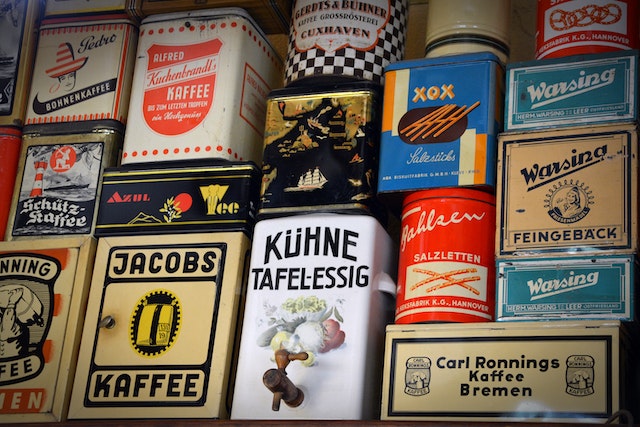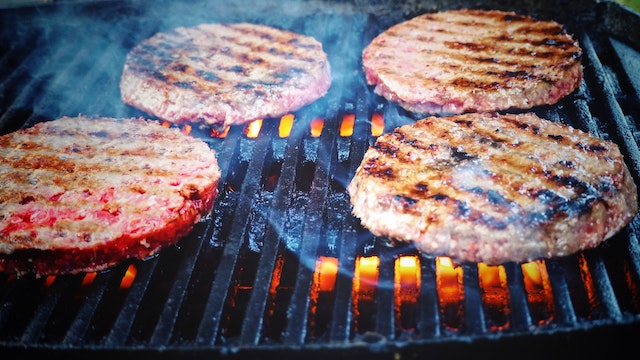Below are some of the reasons why it is important to have food labelling.
1. Keeping Healthy
Labels are going to help in understanding the composition of food: minerals, vitamins, fats, calories, etc. The information is important because it helps you make sure you are eating the right kind of food that is good for the body. When the food products have labels, it makes it easy to monitor which micronutrients you are taking.
This is going to help in avoiding deficiencies especially common ones like Vitamin D and iron. It is easier to watch your weight when you monitor the calories and fats in your food; you can easily limit your intake of salt and sugar and make sure you are following a balanced diet. The above actions can go a long way in helping you avoid illnesses like heart disease and diabetes.
2. Keeping You Safe
More than 600 million people get sick and over 420,000 die because of consuming food that is contaminated with bacteria, parasites, chemicals, toxins, and viruses. Product labels help because they have important information on how to use a product and warnings (for example, cooking and storage instructions) which ensures the food is safe.
3. Avoiding Counterfeit Products
One of the main goals of food labelling is preventing fraud. Food sellers can easily and deliberately mislead consumers using false representations on the packaging when the product doesn’t have internationally guaranteed labels. When buying chocolate, you want to be sure that what you are buying is chocolate. If a label says it is fish, then you can be sure that it is fish inside.
4. Detecting Ingredients that can Lead to a Harmful Reaction
Reaction to food is something that 10-25 per cent of people in developed countries experience. Some of the most common are peanuts, milk, soybeans, wheat, crustaceans, fish, and tree nuts. If you don’t what ingredient a product has, it can be easy to eat something by mistake which would result in an allergic attack. Some of these attacks are very severe. With food labels, it becomes easier to know the type of food to avoid.
5. Stop Food Wastage
When you read food labels correctly, it can help prevent the food from getting thrown out. When the product has a food label that has date marking, it lets you know how long it is safe to eat the product. It is important to look at the label to avoid getting sick because you ate expired food. Confusing “use by” and “best before” can result in more food waste.
About 10 per cent of food in the EU is wasted as a result of date marketing. Educating supply chain stakeholders and consumers can help in preventing wastage and keeping date marketing true. This ensures the food is safe to eat without having to waste any of it.
6. Supporting Your Local Food Producers
There are food labels that indicate the origin, for example, Manchego cheese (Spain), Colombian Coffee (Colombia), Kona Coffee (USA), and Darjeeling tea (India), which can attract the attention of customers and bring more value to a product.
Consumers can easily identify local food products in a specific area and attribute characteristics – such as quality and taste – to a given geographical location. EBDRD AND FAO conducted a study and found out that products that have geographical indication labels increased the final price of the product by 20-50 per cent. Consumers are today linking quality to traditions and geographical origins.
It is easy to ignore food labels when reaching out for your favourite snack or food product. You look at them as one of the many boring things that are vying for your attention. Information is power and power can help a lot when it comes to your health. You don’t want to be seen as a health nut or junk food addict, but you can make sure what you are eating are tomatoes and peanuts.


